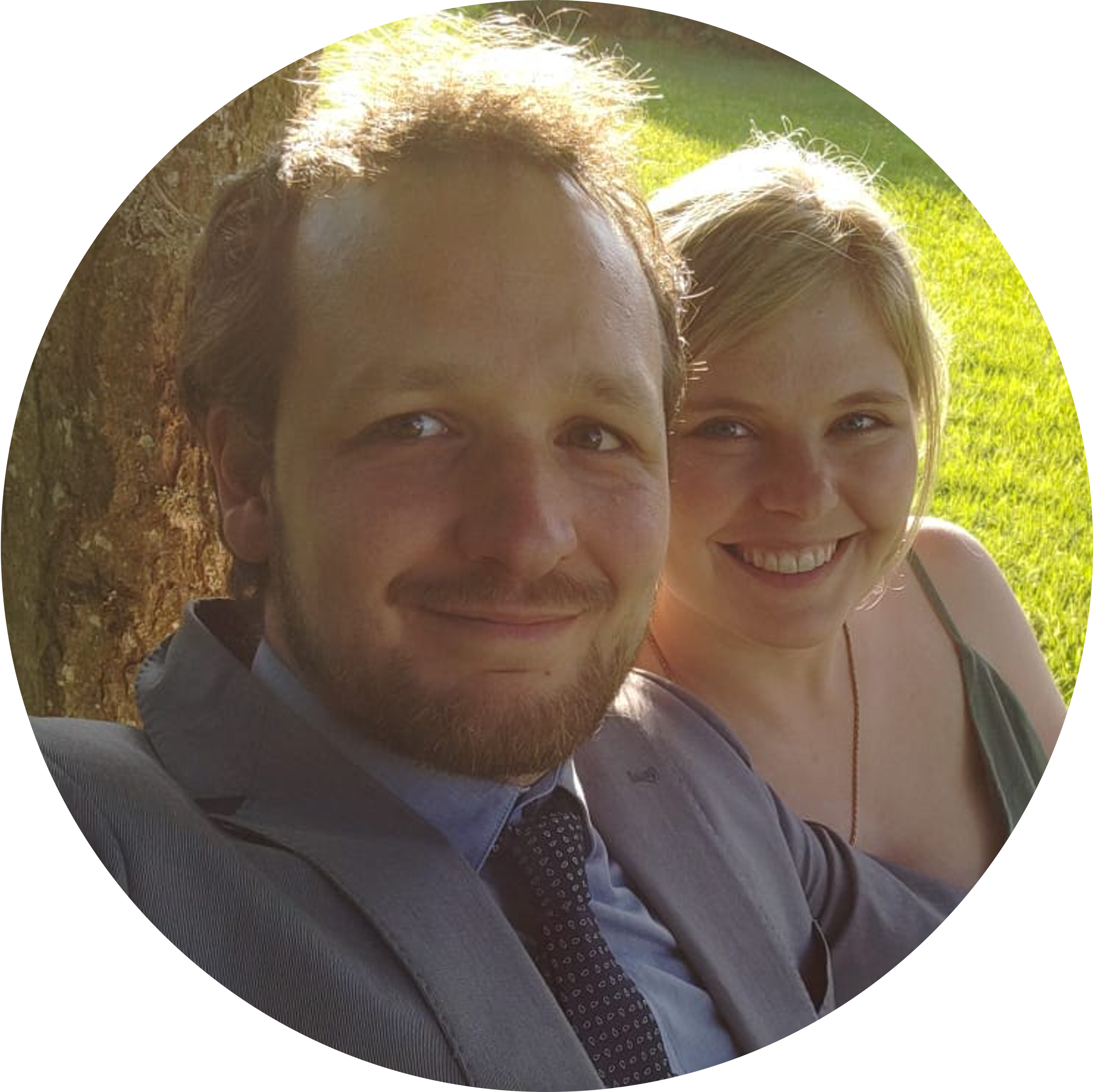Depuis les ruines de Quilmes côté province de Tucumán, le chauffeur qui nous avait récupérés à Amaicha del Valle nous fait traverser la frontière invisible avec l’autre province qui la jouxte, celle de Salta, et nous emmène à Cafayate. Sur le chemin, des paysages familiers avec des vignobles partout mais entourés de montagnes. Malheureusement nous avons pris froid et mettons du temps avant de profiter de l’atmosphère très détendue de Cafayate et de faire le tour des « bodegas » pour y déguster le vin local. Puis nous découvrons pendant quelques jours plutôt gris la capitale de la province qui contient entre autres un musée qui nous aura impressionné, celui de la haute montagne.
From the ruins of Quilmes in the Tucumán province, the driver who picked us up in Amaicha del Valle takes us across the invisible border to the neighbouring province of Salta and on to the town of Cafayate. On the way, familiar landscapes with vineyards everywhere, but surrounded by mountains. Unfortunately, we’ve caught a cold and it’s going to be a while before we’re able to enjoy Cafayate’s relaxed atmosphere and take a tour of the « bodegas » to taste the local wine. Then, for a few rather grey days, we discover the capital of the province, which contains among other attractions the Museum of the high mountain that really impressed us.
La bodega « Domingo Hermanos » à Cafayate. – The « Domingo Hermanos » bodega in Cafayate.
Cafayate 🍷
Notre auberge de jeunesse à Cafayate nous a permis de bien nous détendre dans cette oasis de verdure… Les logements sont construits en terre et bois, et le jardin invite à la rêverie. Un chien appartenant à d’autres vacanciers tombe amoureux de Nat et ne la lâche plus. – Our hostel in Cafayate gave us the opportunity to relax in this oasis of greenery… The tiny houses are built of earth and wood, and the garden is an invitation to daydream. A dog belonging to other guests fell in love with Nat and never let her go.
Nous adorons explorer Cafayate autour de sa place centrale avec une petite église, faire des photos avec les montagnes qui surgissent au loin, prendre un café improvisé et déguster des empanadas à la Casa de las Empanadas (toutes végétariennes et pas seulement au fromage ce qui est rare). Et oui, ici les ânes font les poubelles… – We love exploring Cafayate around its central square with a small church, taking photos with the mountains looming in the distance, having an impromptu coffee and enjoying empanadas at Casa de las Empanadas (all vegetarian and not just with cheese, which is rare). And yes, here the donkeys like to look for things in the garbage…
Nous reprenons des forces pour aller visiter la bodega « Domingo Hermanos » qui possède des vignes dans plusieurs villages de la région de Cafayate, mais aussi certaines à plus de 2000 m d’altitude (Cafayate étant à environ 1600 m). Etonnamment, leurs ventes se font principalement sous le format de la Dame-jeanne (dernière photo) pour les restaurants. Nous apprécions particulièrement le cépage Torrontés en blanc, et constatons qu’un grossiste en vend à la Wantzenau, juste à côté de là où habite le frère de Matt. A notre retour, nous pourrons donc partager ce vin en famille ! – We regain our strength to visit the « Domingo Hermanos » bodega, which owns vineyards in several villages in the Cafayate region, some at altitudes of over 2000 m (Cafayate is at around 1600 m). Surprisingly, their bestsellers and main product (80% of sales) are these Lady-jeanne type of bottles of housewine to restaurants and households (last photo). We particularly like the white Torrontés variety, and note that a wholesaler in La Wantzenau sells it, a village very close to where Matt’s brother lives. When we return, we’ll be able to share this wine with our families!
Nous louons des vélos pour accéder à des bodegas plus lointaines et tombons malheureusement sur un portail clos (c’est dimanche) en tentant de visiter Utama, une bodega familiale et artisanale recommandée par la famille qui nous loge. Nous allons donc vers la bodega plus chic El Esteco, mais plus de place pour faire la dégustation guidée. Ils nous proposent en revanche une dégustation en self-service qui nous aura bien plu, si l’on oublie le rosé absolument pas à notre goût. – We rent bicycles to access more distant bodegas, and unfortunately come across a closed gate (it’s Sunday) when we try to visit Utama, a family-run, artisanal bodega recommended by the family owning our hostel. So we head for the fancier El Esteco bodega, but there’s no room for us in the last guided tasting of the day. However, they do offer us a self-service tasting, which we thoroughly enjoy, except for the rosé which was not at all to our taste.
La route entre Cafayate et Salta est splendide, nous l’empruntons une première fois en « colectivo » (bus local) pour visiter des grottes majestueuses à une heure environ de Cafayate. La deuxième fois, cela sera pour quitter la ville et se diriger vers Salta. – The road between Cafayate and Salta is splendid, we take it once by « colectivo » (local bus) to visit the majestic caves about an hour from Cafayate. The second time, we take it to leave the city and head for Salta.
La « Garganta del Diablo » se mérite car il faut escalader un peu les rochers avant de se retrouver dans les entrailles de la roche, et « El Anfiteatro » propose une ambiance particulière avec son joueur de flûte de pan accompagné par les chants de touristes qui résonnent partout autour de nous. – The « Garganta del Diablo » is well worth a visit, but you have to climb a little way up the rocks before finding yourself in the bowels of the devil, and « El Anfiteatro » offers a special atmosphere, with its panpiper accompanied by the singing of tourists echoing all around us.
Salta 🌞
C’est parti pour l’exploration de la capitale, Salta, mais à un rythme très ralenti car Matt a des symptômes qui ressemblent à la dengue donc le repos est obligatoire. Un musée en particulier nous impressionne, le MAAM (musée de la haute montagne) car il contient des momies incas en parfait état de conservation. Les incas avaient pour habitude de faire des sacrifices humains et en particulier d’offrir aux dieux leurs enfants les plus beaux. Ils partaient ainsi en expédition dans la montagne avec les enfants, puis arrivés au sommet les endormaient avec de la chicha, alcool de maïs pour les accompagner vers la mort (les incas ne le voyaient pas comme une mort mais comme une continuation de la vie dans l’au-delà). Des siècles plus tard, on a retrouvé les corps congelés de trois de ces enfants au sommet du volcan Llullaillaco (6739 m) dans un parfait état. Les scientifiques les ont étudiés et maintenant une des momies est présentée au musée. Malheureusement, les photos sont interdites mais c’est très impressionnant d’admirer les offrandes avec lesquelles les enfants ont été trouvés ainsi que la momie de « la fille à l’éclair » qui semble dormir. – We’re off to explore the capital, Salta, but at a very slow pace, as Matt has symptoms similar to dengue fever, so rest is mandatory. One museum in particular impresses us, the MAAM (high mountain museum), as it contains Inca mummies in a perfect state of preservation. The Incas used to make human sacrifices, in particular offering their most beautiful children to the gods. They would set off on expeditions into the mountains with the children, then, when they reached the summit, put them to sleep with chicha (fermented corn drink with alcohol) to make them fall asleep before they froze (the Incas didn’t see this as death, but as a continuation of life in the afterlife). Centuries later, the frozen bodies of three of these children were found on the top of the Llullaillaco volcano (6739m) in perfect condition. Scientists studied them, and now one of the mummies is on display in the museum. Unfortunately, photos are not allowed but it is very impressive to admire the offerings the children were found with as well as the well-preserved « lightning girl » who almost looks like she is only sleeping.
Salta se visite également en téléphérique, qui permet d’accéder à un point de vue panoramique sur la ville. Nous redescendons à pied, et trouvons sur le chemin un musée archélogique qui expose des pièces de l’ère pré-colombienne trouvées dans la région. – Salta can also be visited by cable car, which provides a panoramic view of the city. We walk back down, and on the way find an archaeological museum displaying pre-Columbian artefacts found in the region.
Cartes – Maps 📍
De bas en haut : Cafayate, Garganta del Diablo et Anfiteatro, et la capitale Salta. Organic Maps. – From bottom to top: Cafayate, Garganta del Diablo and Anfiteatro, and the capital Salta. Organic Maps.


Laisser un commentaire